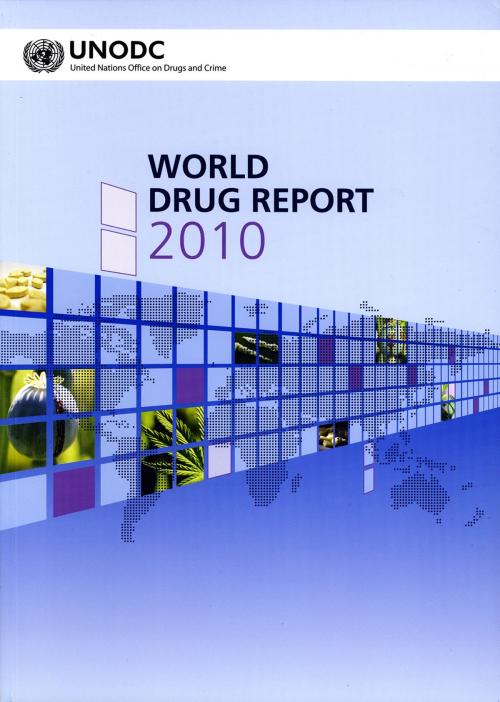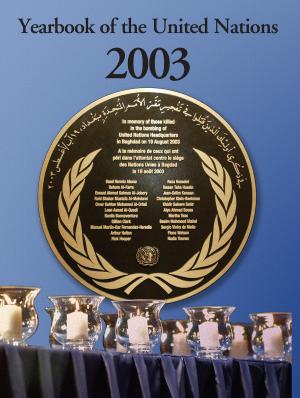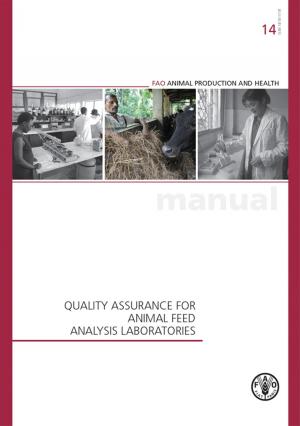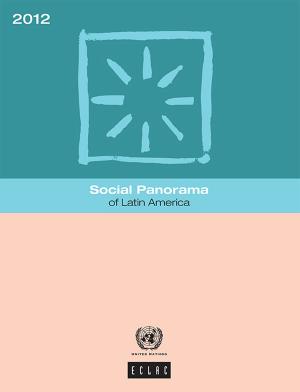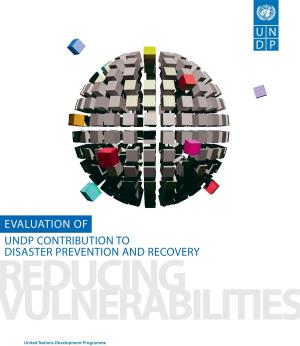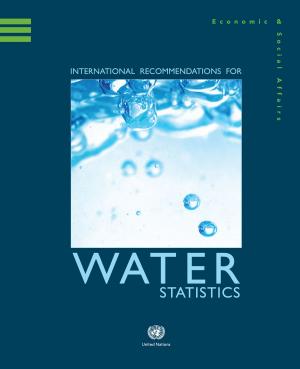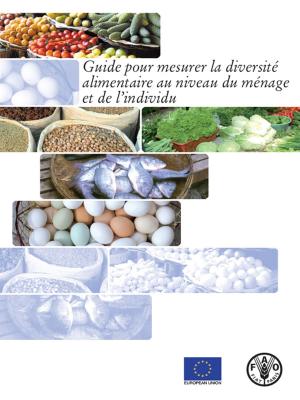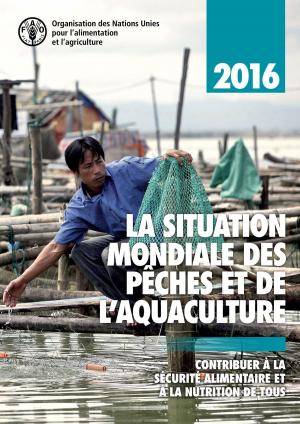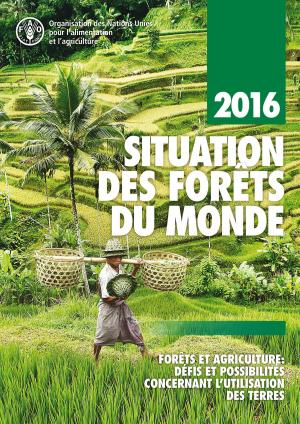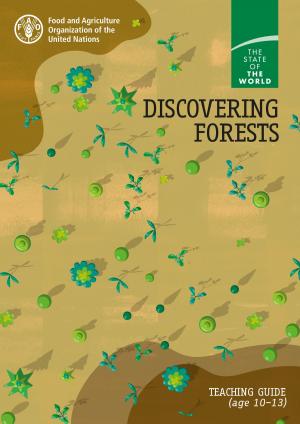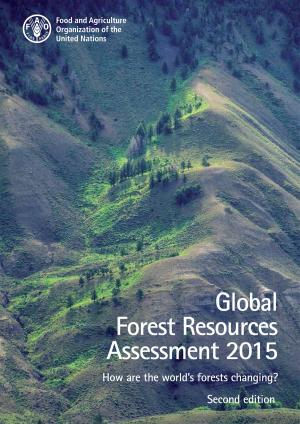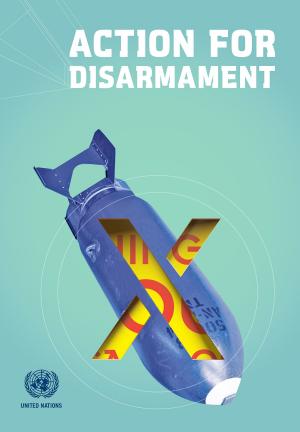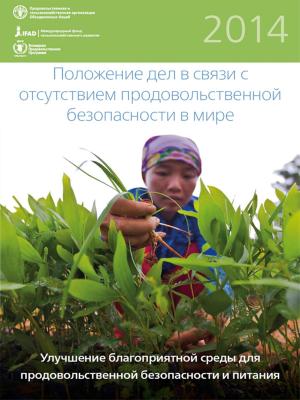| Author: | United Nations | ISBN: | 9789210543033 |
| Publisher: | United Nations | Publication: | February 10, 2012 |
| Imprint: | Language: | English |
| Author: | United Nations |
| ISBN: | 9789210543033 |
| Publisher: | United Nations |
| Publication: | February 10, 2012 |
| Imprint: | |
| Language: | English |
In 2009, the United Nations Member States decided to make further and decisive progress, within a decade, in controlling illicit drug supply and demand. Many illicit drug markets have reached global dimensions and require control strategies on a comparable scale. In that context, there is a need to better understand these transnational markets and the manner in which they operate. This year's World Drug Report is a contribution towards that objective. It opens with an analytical discussion of three key transnational drug markets: the markets for heroin, cocaine and amphetamine-type stimulants. The market discussion is followed by a presentation of statistical trends for all major drug categories. The latest information on drug production, seizures and consumption is presented. Finally, there is a discussion on the relationship between drug trafficking and instability.
In 2009, the United Nations Member States decided to make further and decisive progress, within a decade, in controlling illicit drug supply and demand. Many illicit drug markets have reached global dimensions and require control strategies on a comparable scale. In that context, there is a need to better understand these transnational markets and the manner in which they operate. This year's World Drug Report is a contribution towards that objective. It opens with an analytical discussion of three key transnational drug markets: the markets for heroin, cocaine and amphetamine-type stimulants. The market discussion is followed by a presentation of statistical trends for all major drug categories. The latest information on drug production, seizures and consumption is presented. Finally, there is a discussion on the relationship between drug trafficking and instability.
